68604
 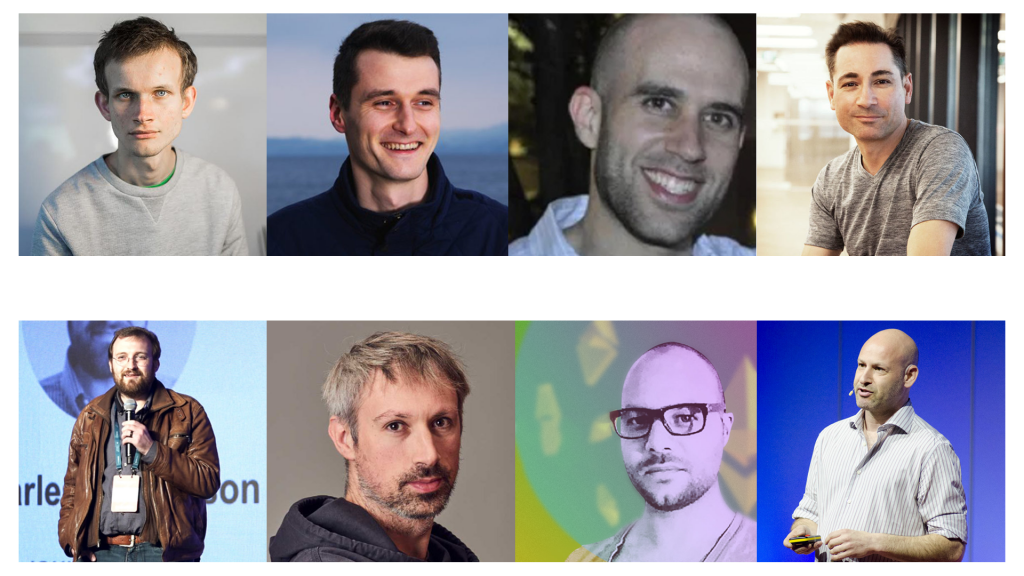 This is the 1754th original issue of Vernacular Blockchain Author | Huohuo Produced | Vernacular Blockchain (ID: hellobtc) On June 7, 2014, under the witness of eight co-founders, the idea of Ethereum was born in a rental house called "Spaceship" in the Swiss woods. Today, the maximum market capitalization can exceed US$150 billion. In fact, since the birth of Ethereum, the encryption industry has caused a storm, and even set off waves of craze in the web3 world, such as from ICO, NFT, to Defi, IDO and other concepts. Even the concept of Web3 came from a co-founder of Ethereum. As the center of this storm, Ethereum, the consensus on decentralization established by a group of idealists, also has many internal storms. Originally, the list of founders of Ethereum was very long, according to one of its founders, Anthony Di Iorio. In December 2013, there were five founders of Ethereum: Vitalik Buterin, Anthony Di Iorio, Charles Hoskinson, Mihai Alisie and Amir Chetrit, and then in 2014, three others joined as co-founders: Joseph Lubin, Gavin Wood, and Jeffrey Wilcke. Later, the eight people fell apart, and now only Buterin is still working for Ethereum. The main reason for the rift between the eight people was a heated argument over whether Ethereum should become a for-profit company or remain a non-profit. Therefore, although Ethereum had a total of 8 co-founders at the beginning, in the process of the growth of the Ethereum community, these non-consensus parts that are difficult to reconcile have made Ethereum and Buterin sacrifice at the expense of the division of community thinking and the departure of team members every step forward. Today, apart from being familiar with V God, the names of several other people may not be known to everyone, and this is what Vernacular Blockchain wants to share today. 01 those who became competitors 1) Community Contender Charles Hoskinson 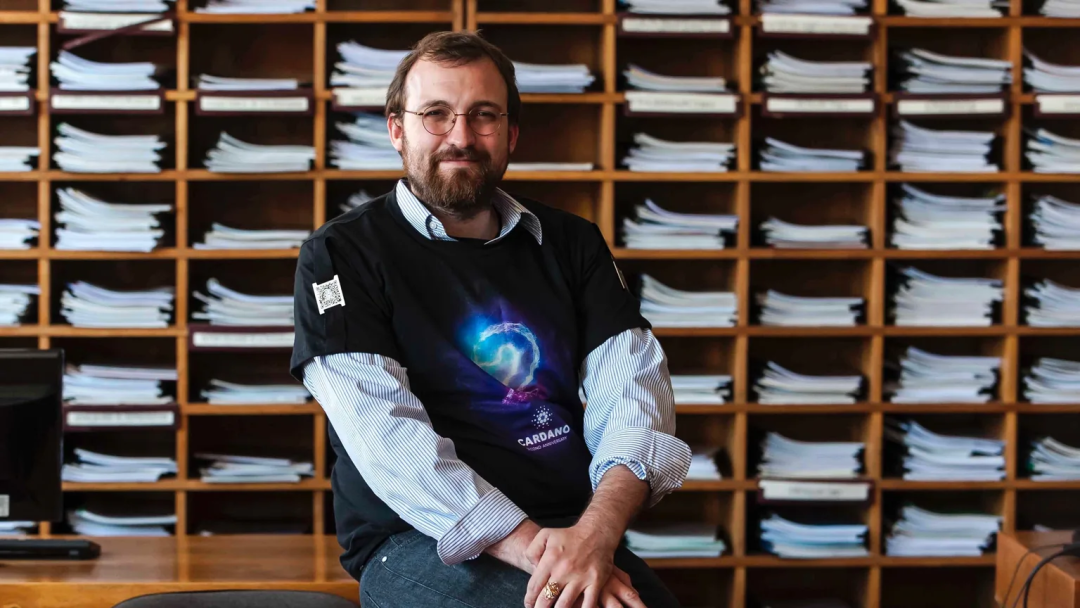 Picture source network Charles Hoskinson was one of the original five founders of Ethereum. He was born in Hawaii. He originally wanted to be a mathematician, but found that the charm of Bitcoin was more interesting than mathematics, so he began to devote himself to the blockchain industry. In December 2013, Hoskinson was appointed CEO (Chief Executive Officer), responsible for the establishment of the Swiss Foundation and its legal framework. In the early days of the development of Ethereum, as CEO, he laid a solid foundation for the development of Ethereum, especially in the establishment and development of the foundation and the establishment of a legal framework and other basic work. However, his time on the project ended within a few months, in part due to reportedly falling out with the other founders. And Hoskinson wants Ethereum to become a for-profit company, but Buterin wants it to be a non-profit platform. There are rumors about the departure: He himself said that he left on his own initiative, but others said that V God fired him. Either way, it's no secret that the two don't particularly like each other and occasionally take digs at each other's methods. The DAO incident in 2016 led to the fork of Ethereum. Charles took advantage of this incident to support Ethereum Classic (ETC), and then he left to found Cardano. (ADA (ADA) is the Token of this project. Cardano is a new generation blockchain smart contract platform under development. It is committed to becoming a more convenient, faster and smarter new generation underlying public chain. It is known as the first blockchain project "driven by scientific philosophy and research-oriented". For details, please see: What is Cardano/ADA, known as the "Japanese version of Ethereum"? | Introduction to vernacular blockchain 058) The difference between Cardano's development method and Ethereum is that Cardano research precedes practice and its development is more conservative, but it may be more easily accepted by traditional industries. Its ada cryptocurrency surged in 2021. Cardano also allows users to build their own projects. Currently, there are many community participants and it is now a strong competitor to Ethereum. 2) Public chain competitor Gavin Wood 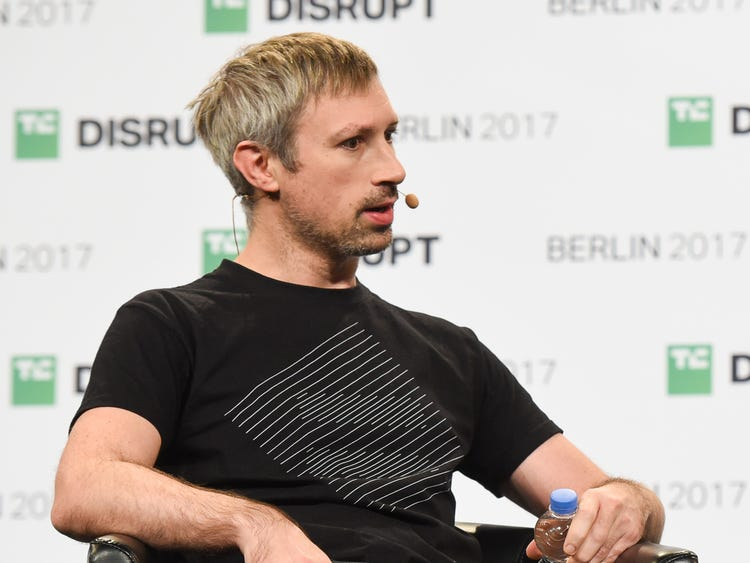 Picture source network One of Gavin Wood's most acclaimed abilities is his strong engineering ability, which is the ability to turn ideas into code through reasonable architectural design and programming. In the minds of many blockchain developers, he is a great programmer and technical leader. In 2013, Gavin, who had some interest in blockchain, met Buterin through an old friend. After hearing Buterin’s thoughts on Ethereum, Gavin found the idea of making the blockchain programmable very interesting and decided to help Buterin write Ethereum into code. In 2014, he went to Miami and founded Ethereum with Buterin and several other founders. Here, Gavin developed the first runnable version of Ethereum, generally called Ethereum PoC 1 or Alpha version. After that, Gavin served as the first CTO (Chief Technology Officer) of Ethereum. In 2014, he wrote the "Ethereum Yellow Paper", which defined the Ethereum Virtual Machine (EVM), which was the first formal technical specification of the blockchain state machine. In the next two years, Gavin devoted himself entirely to the development of Ethereum, including building a common platform architecture, completing most of the development of the Ethereum C++ client, and designing Solidity, the object-oriented programming language for writing Ethereum smart contracts. The concept of Web3 was proposed by Gavin Wood in 2014, which is to establish a deintermediated and free network environment to break the monopoly of today's Internet and return data, privacy, etc. to users. He also hopes to use blockchain technology to eliminate the exploitation of users by major platforms and use more truth to ensure that everything goes as expected, so that the entire society no longer has to rely on artificial trust to operate. His summary of the core concept of Web3 is: "Less trust, more truth." At the end of 2015, Gavin left Ethereum and subsequently founded EthCore. Gavin is a person who likes to challenge ambitious people. After gradually gathering more than 60 developers from 15 countries, he proposed to write the Ethereum Parity client in Rust language. EthCore developed into Parity technology, with performance far exceeding that of Geth and C++ clients. He said this is exactly what we want to learn and focus on. This is the blockchain protocol Polkadot, a chain that is considered capable of growing into a brand new chain that will replace Ethereum. Today, Polkadot has indeed become a strong competitor to Ethereum. The reason why Gavin left Ethereum is unknown, and some speculation suggests that Gavin and Vitalik may have had differences on the development path of Ethereum. In some subsequent interviews, Gavin did mention that he did not agree with the way Ethereum was governed through hard forks, and he believed that being able to only use ETH to pay fees made Ethereum deviate from its original intention of becoming a "freely competitive DEX." It seems that in Gavin's mind, Ethereum cannot realize his vision of Web3.0. 02 those who become partners 1) Joseph Lubin, who is rich and powerful 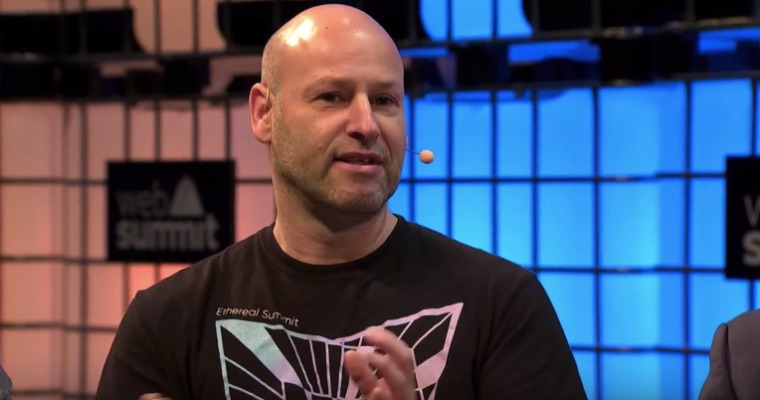 Picture source network Joseph Lubin is the most experienced founder of Ethereum 8. Lubin from the UK graduated from Princeton University in 1987 with a degree in electrical engineering and computer science. After graduation, Lubin pursued a diverse career in software engineering, music production, business, and finance. Later, Lubin became interested in cryptocurrencies and connected with fellow Canadian Di Iorio through the Canadian Bitcoin Alliance. In 2014, he got to know Buterin. After reading Buterin’s white paper, he agreed with it, so he happily went when he was invited to join the co-founder group. At that time, he was responsible for and proposed to use C++ programming language to write the Ethereum architecture, so he was mainly responsible for the technical part. Coupled with his family's strong financial resources, together with Di Iorio, they provided great financial support for the initial development of Ethereum. When Ethereum later chose to become a non-profit organization, Joseph left the Ethereum community due to different development visions, and Lubin founded the for-profit Ethereum development company ConsenSys, which launched many different projects on the network. An example is the well-known little fox wallet MetaMask. Because Joseph hopes to achieve commercial success, Consensys no longer only focuses on open source development of Ethereum, but more on building applications and incubating a large number of blockchain start-ups. It is mainly based on the Ethereum platform, but it does not exclude those based on other platforms, such as Filecoin or Polkadot. At present, Consensys has become an incubator for other blockchain startups, and it also maintains cooperative relationships with many traditional companies, such as JPMorgan Chase, UBS, BP, Intel, Microsoft, etc. 2) Mihai Alisie who believes in Bitcoin 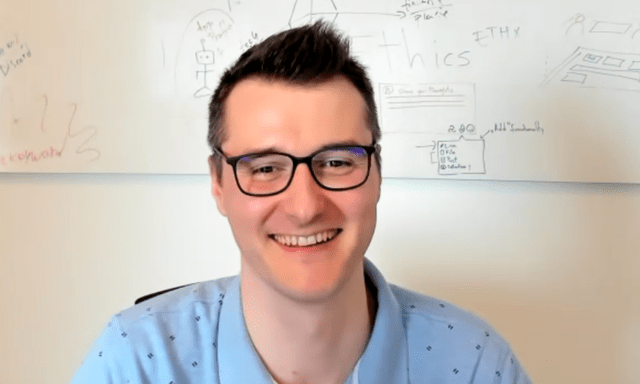 Picture source network Alisie is from Romania and graduated from the Lucian University of Braga in Sibiu in 2010 where he majored in cybernetics, economic informatics and statistics. At first, Buterin was writing articles on some forums and blogs to study Bitcoin. Bitcoin enthusiast Mihai Alisie happened to see it, so the two began to actively contact each other, and finally co-founded Bitcoin Magazine at the end of 2011. At that time, Buterin was the chief writer and Alisie was the editor-in-chief. Later, Buterin founded Ethereum, and Alisie responded positively. He helped establish Ethereum's base in Switzerland, merged the original startups, and led Switzerland to create the business infrastructure and legal framework that were crucial to Ethereum's crowdfunding activities, such as opening a bank account for Ethereum, a fledgling encryption company (it was said that this was a difficult thing at the time), and dealing with lawyers and Swiss officials on the legal framework that was crucial to pre-sale activities. Alisie said, “In the early days, this was a group of people with big ideas and ambitions, and it wasn’t clear that they were going to be successful. ” In the early days of Ethereum, he also assisted in formulating Ethereum's strategic planning and served as vice chairman of the Ethereum Foundation. Until the end of 2015, after discussing whether Ethereum needed to be profitable, he began to retire and devote himself to Ethereum's social framework Akasha because it did not meet the expected development. Akasha uses Ethereum and IPFS to build applications, and Alisie's social framework also hopes to develop further with the help of Ethereum 2.0 and Filecoin. 03 Those who left the Bi circle 1) Anthony Di Iorio who has retired from the industry 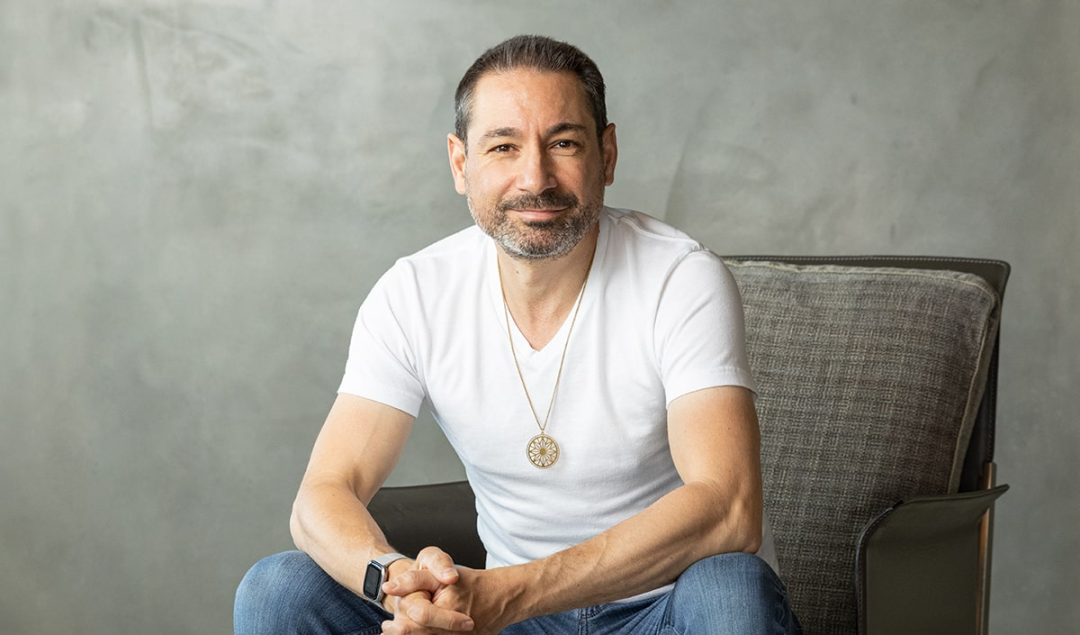 Picture source network Anthony Di Iorio, like Buterin, is also from Toronto. He has a wide range of interests and has dabbled in marketing and venture capital. He is also the executive director of the Canadian Bitcoin Alliance and organized the first Bitcoin Summit in Toronto. In November 2012, he met Buterin at a Bitcoin party. He has one thing in common with the founder Joseph Lubin mentioned above, that is, he is also a second-generation rich man with a strong family background, mainly because he has a rich dad. At the end of 2013, he participated in funding and co-founded Ethereum. There is no detailed information on the specific project responsible. However, the reason for participating in Ethereum is very simple, to make more money. The reason for his retreat was similar to that of Joseph. He did not support Ethereum's non-profit operation. After Ethereum established a non-profit operation model, Di Iorio gradually withdrew and left soon after. After leaving, Di Iorio briefly served as chief digital officer of the Toronto Stock Exchange. But the advantage of having money is freedom. You can freely choose what you want to do. He thought it would be better to do something big if he had assets in hand. So he left in 2016 and founded Decentral to develop the Jaxx digital wallet. The wallet was first launched in May 2018. That same year, Di Iorio was named to Forbes magazine’s top 20 richest people in cryptocurrency, with a then-estimated net worth of $750 million to $1 billion. But in the summer of 2021, Anthony Di Iorio announced that he would withdraw from Bi Circle due to personal security considerations and planned to sell his blockchain company Decentral Inc for "hundreds of millions of dollars." As for the number of cryptocurrencies held, Anthony Di Iorio did not disclose it and stated that he would sever ties with other participating startups and would no longer fund any blockchain projects. He would later plan to devote himself to charity and other fields. 2) Investor Amir Chetrit 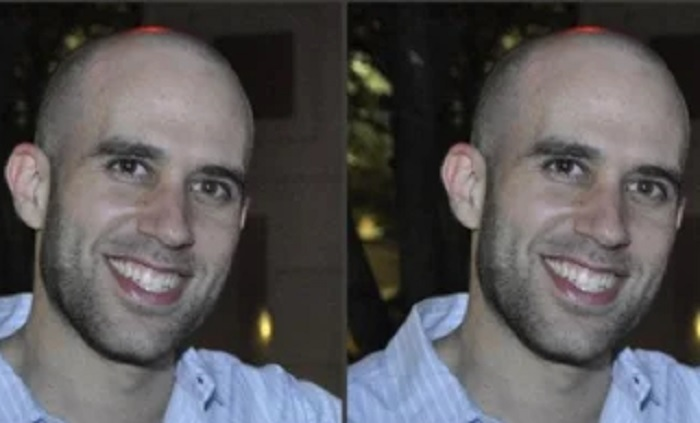 Picture source network This is a professional from Israel who majored in computer science. However, the first pot of gold in his career came from real estate development. He dropped out of school in 2008 and then got involved in real estate. At that time, he began to doubt the traditional financial system due to the financial crisis. Then he started dabbling in Bitcoin and it felt like a good opportunity to make more money. Amir Chetrit met Buterin at a Bitcoin event in Amsterdam in September 2013. When he met Buterin, he was working with Israeli startup Colored Coins, a project that aims to manage real-life assets as tokens on top of the Bitcoin network. Buterin also participated in the project before proposing Ethereum. In December 2013, Chetrit was invited by Buterin to join the creation of Ethereum. After all, he is engaged in real estate and investment. He may not be enthusiastic enough about technology and the vision of Ethereum, and he did not introduce much about the specific affairs he is responsible for. At a co-founder meeting in June 2014, Chetrit came under fire from Ethereum developers and other co-founders for his lack of commitment to Ethereum, and chose to resign. Later he devoted himself to other industries. 3) Jeffrey Wilcke returns home to be a daddy 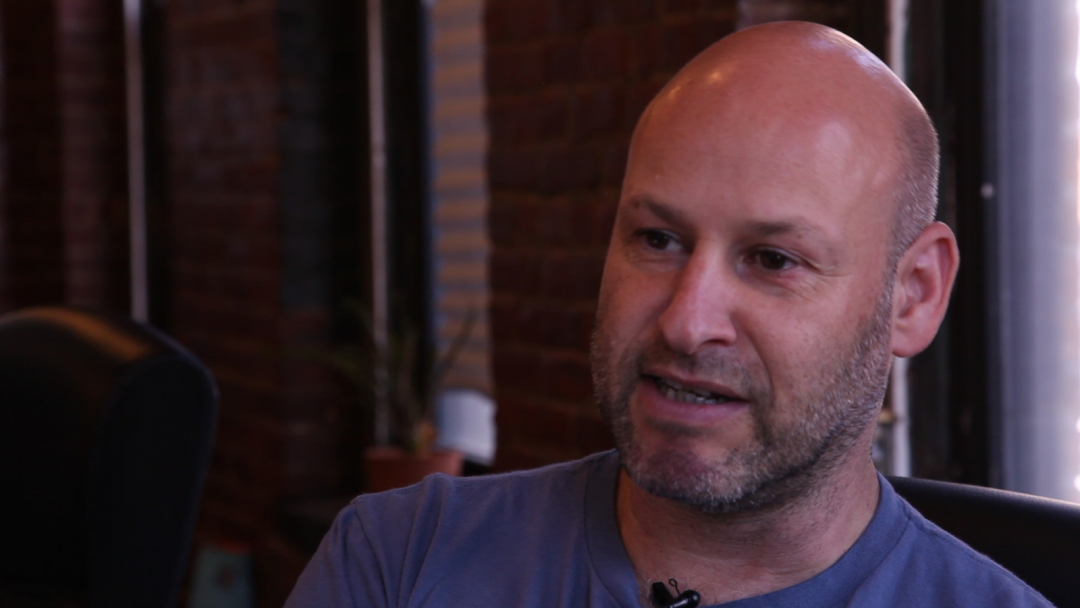 Picture source network Another computer programmer, Jeffrey Wilcke, came into contact with Ethereum when he was working on the first ICO Mastercoin in the Netherlands. He has been very interested in it since then, so he decided to quietly write an implementation page using Google's Go language. In early 2014, he joined the founders list together with Gavin Wood. Wilcke's software page building journey is also called Go Ethereum, or "Geth" for short. He can be regarded as an important programmer in the early development of Ethereum. When Gavin Wood implemented Ethereum using C++, Jeffrey also implemented Ethereum using golang. This pioneered the development of blockchain.  Picture source network However, after the Ethereum hard fork, a series of hacking incidents, and the birth of his son, Wilcke handed over the supervision of Geth to his right-hand man Peter Szilagyi. Currently, he runs a game development studio Grid Games with his brother Joey. It was previously reported that he had sold some ETH to fund Grid Games’ recruitment of developers. 04 Vitalik Buterin never forgets his original intention 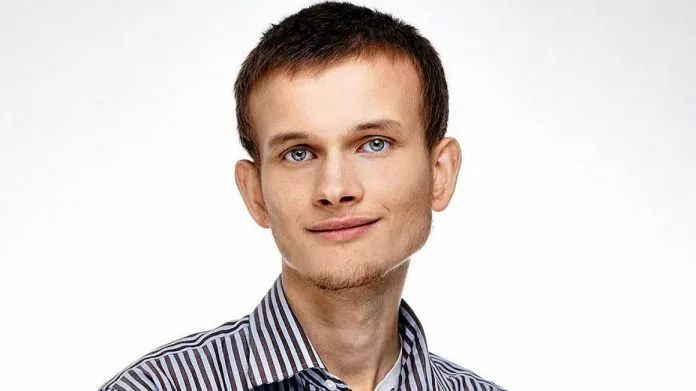 Picture source network Vitalik Buterin, the founder of Ethereum, is called “V God” by Chinese fans. Basically, those who can be called "gods" have legends about them. The first is the prodigy image of V God. He is considered a genius boy. He was very good at mathematics and programming when he was a child. When he was a freshman, he won the bronze medal in the 2012 International Informatics Olympiad. However, there is some contrast between his glorious image and his character and appearance. V God is small and thin, like an "elf". He walks a little stiffly, but he doesn't run slowly. Once he participated in an Ethereum community event and ran away after leaving the venue. The fans did not chase him behind. Moreover, he is introverted and has no interest in dressing up. He wears simple and comfortable clothes. He occasionally chokes at the corner of his mouth when talking. He likes to immerse himself in his own world most of the time. This is how many legends come about: V God is an autistic prodigy, V God once wore two Hello Kitty socks with different patterns on the train, V God packed all his property in a suitcase, and V God ate lemons without peeling them. However, according to relevant reports, V God’s father denied it. However, people in the Ethereum community are very keen to "contribute" to the mysterious image of V God. Is this the so-called don't be obsessed with brother, brother is just a legend? What inspired him to explore Bitcoin and the emerging crypto industry were the games he played. He has been exposed to World of Warcraft since he was 13 years old (2007) and has become a die-hard fan since then. By 2010, due to Blizzard's system upgrade, the character attributes in the V-God game were forced to make some adjustments. He couldn't accept it and gave up playing World of Warcraft. Then he also realized the horror of centralized services. At that time, Buterin began to regard government regulation and corporate centralized control as an original sin. Naturally, Bitcoin's decentralization and non-controllable attributes by any individual or institution aroused his strong interest. So when he heard about Bitcoin, his eyes lit up. Later, he searched on various forums for a job that could pay him in Bitcoins. By chance, there happened to be an opportunity that allowed him to earn Bitcoins by writing articles. The idea of Ethereum was originally born from Buterin's desire to improve Bitcoin. As a columnist at the time, after conducting a lot of research, he discovered some limitations of Bitcoin and began to try to make suggestions in the community. However, at that time, he was still a low-key person, and the big guys in the Bitcoin community did not pay much attention to his ideas. It just so happens that Buterin is good at explaining things, so he simply wrote a white paper based on the concept behind BTC, proposing to build a new platform where any decentralized and censorship-resistant application can exist. As a result, a blockchain platform with wider uses and compatible with more applications - "World Computer" was born.  Vitalik started working with computers at a very young age | Image source: BAZAAR When the total market value of Ethereum exceeded US$500 billion, Buterin once said frankly that he did not expect that Ethereum would become such a giant and that things would become so complicated. "When I originally created Ethereum, I just wanted to complete it within a few months and then go back to college." " However, both in terms of personal brand image and professional technology, Buterin has made a great contribution to the development of Ethereum. In recent years, he has gradually retreated to the second line and focused on Ethereum 2.0. He is also the only co-founder who is still engaged in Ethereum-related work. 05 summary Indeed, among the eight co-founders of Ethereum, whether it is Charles Hoskinson and Gavin Wood who have become competitors, Anthony Di Iorio, Amir Chetrit and Jeffrey Wilcke who have withdrawn from the industry to find other developments, or Mihai Alisie and Joseph Lubin who have founded companies to help build the application and community layer of Ethereum, only Buterin is still there. Buterin once said that the biggest regret (non-technical) in the Ethereum journey was the hasty selection of "8 co-founders" and the separation of everyone. It is easy to bring the major gods together, but to unite them with the same thoughts, V God said that this is the most difficult lesson in the development of Ethereum. “People in small groups have a harder time coordinating closely than I thought. You can't get everyone to sit in a circle and get along with each other by examining each other's innate kindness, let alone while facing huge incentive conflicts. ”V God Ethereum is now known as the "Whampoa Military Academy" of Web3. Although the early founders have started new businesses, the Ethereum ecosystem has been formed and the developer community continues to grow. Many of the founders of public chains and projects with the highest market value are members of the former Ethereum community, and they are actively promoting and growing the development of Web3. This is probably the difference from traditional industries, or the charm of blockchain, which shows us what decentralization is and can flourish and show its own vitality. Did the Ethereum merger just end? What new expectations do you have for the future development of Ethereum? Welcome to discuss in the comment area. END Previous article: Just now, ETH merged successfully: When will deflation take effect? Are there any big risks later? Will there be a huge amount of unlocking and smashing the market? Recommended reading What is Cardano/ADA, known as the "Japanese version of Ethereum"? | Introduction to Blockchain in Vernacular 058 Apart from domain names, what value do ENS and Space ID, which were first popular in Web3, have? Will the Tornado sanctions crisis affect ETH and its ecology in the long term? DeFi challenges traditional finance, what are the chances of winning? Ethereum 2.0 is sparking a new market worth tens of billions. Here is everything you need to know about PoS staking 『Statement: This article is the independent opinion of the author and does not represent the position of vernacular blockchain. This content is only for popular science learning and communication among crypto enthusiasts. It does not constitute investment opinions or suggestions. Please treat it rationally, establish correct concepts, and improve risk awareness. The copyright and final interpretation rights of the article belong to Vernacular Blockchain. 』 If you like it, please click "Looking"👇 |